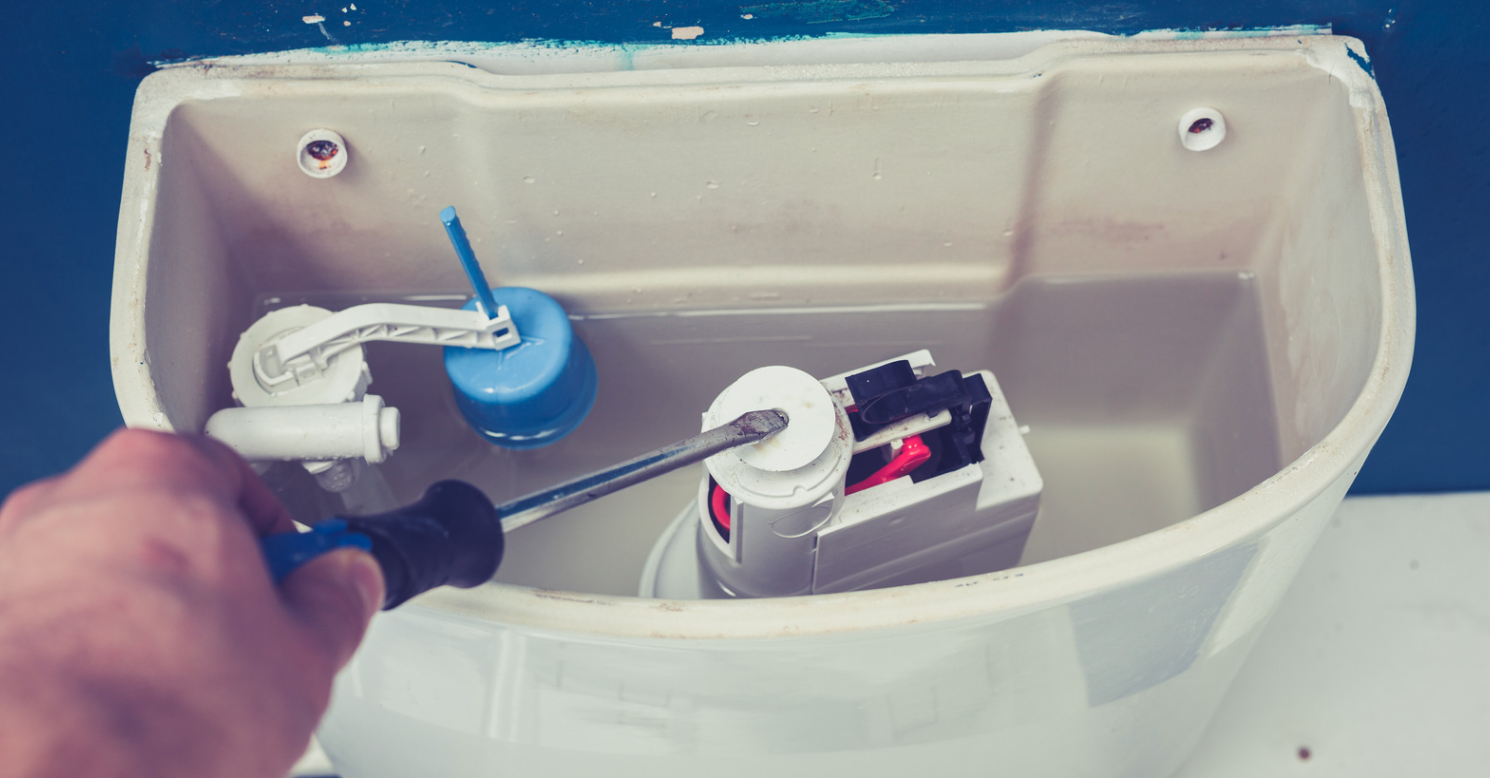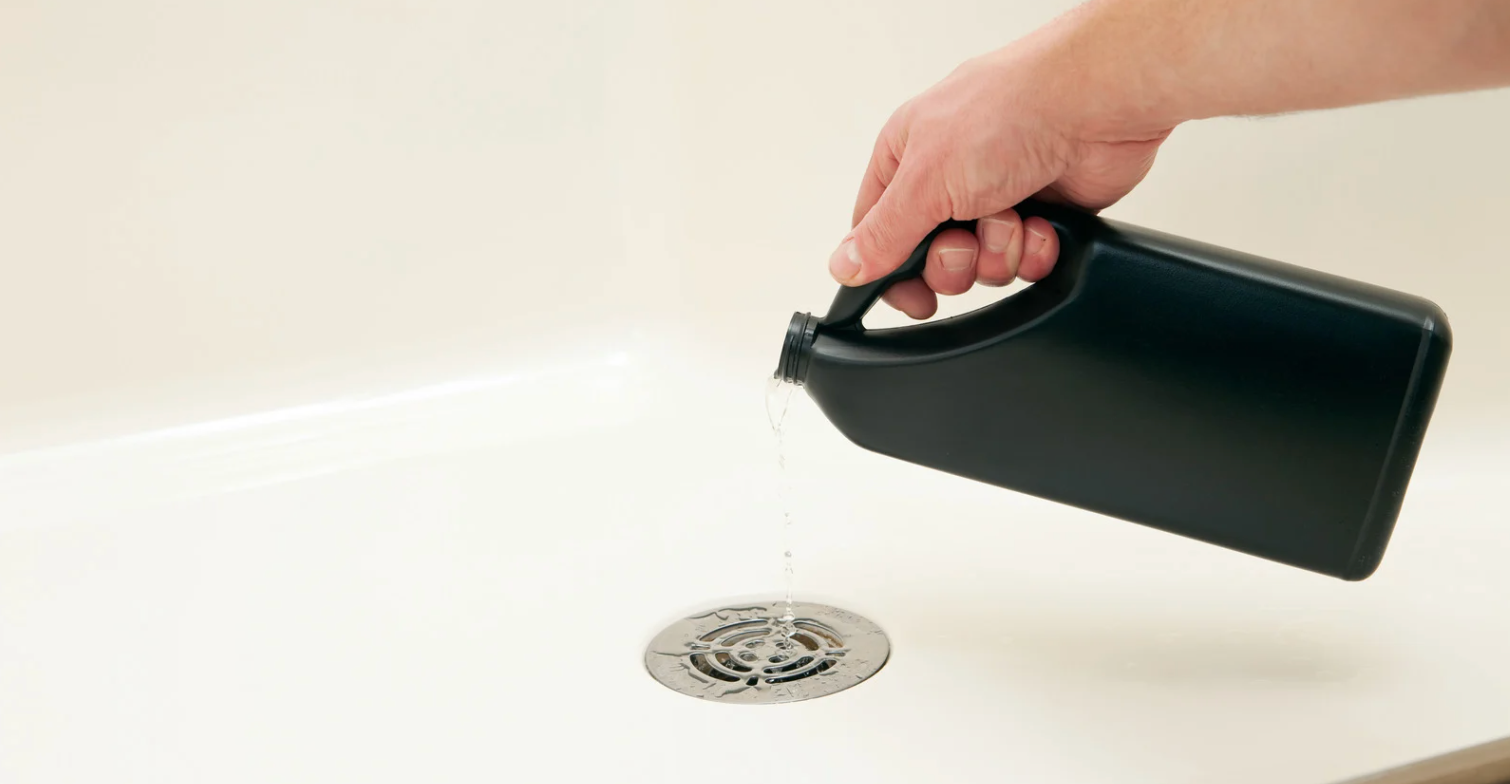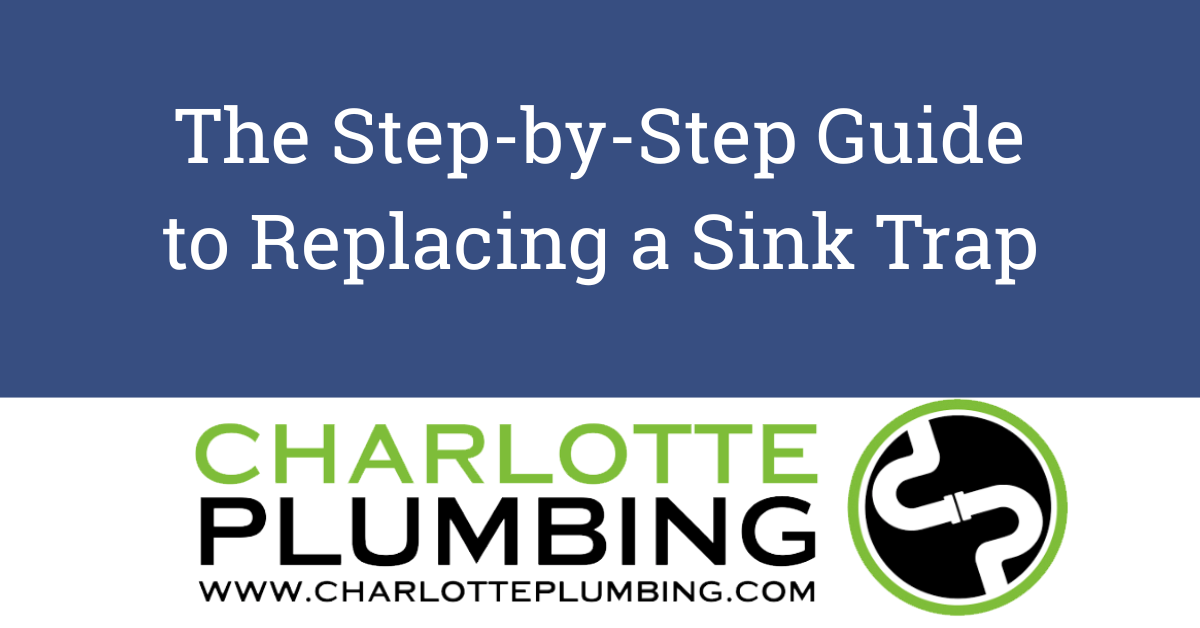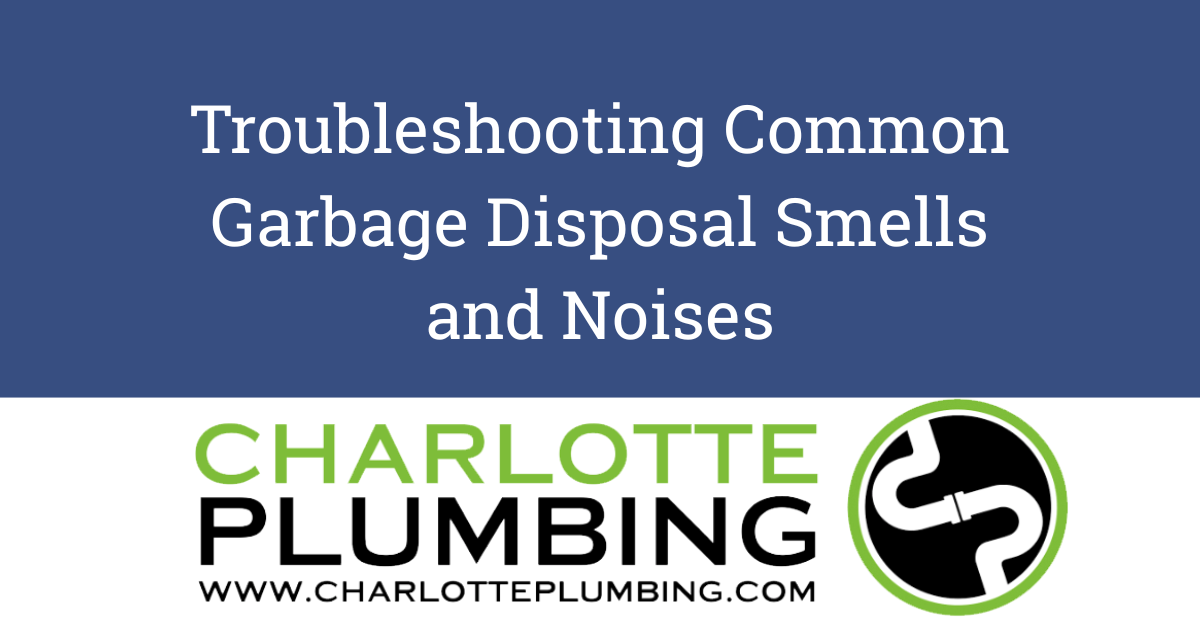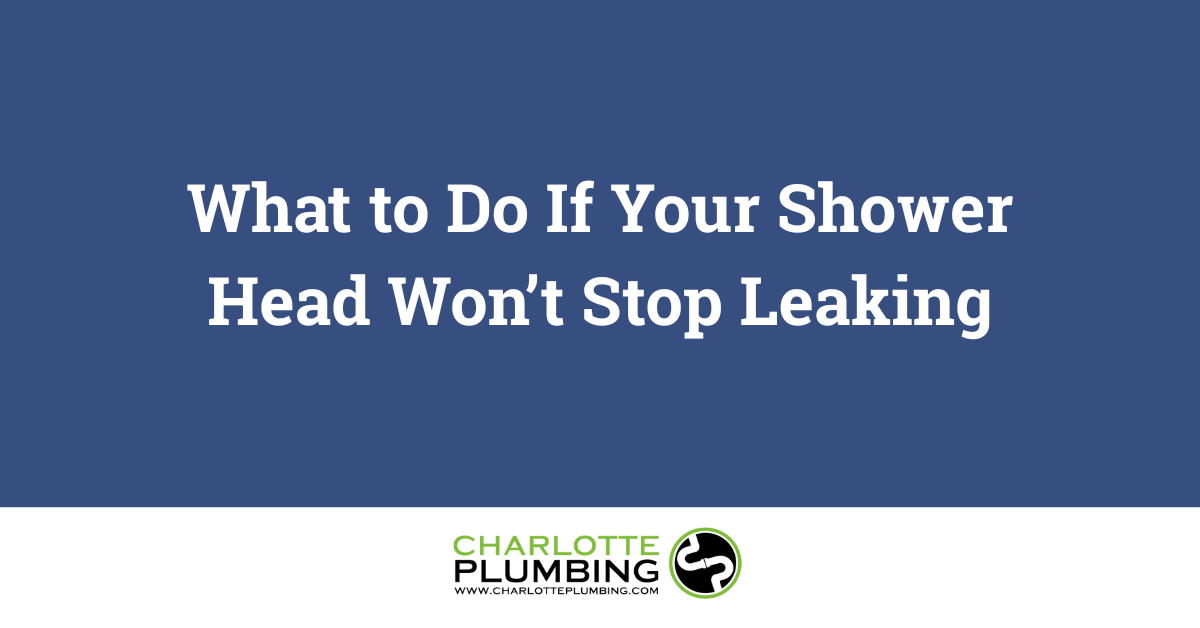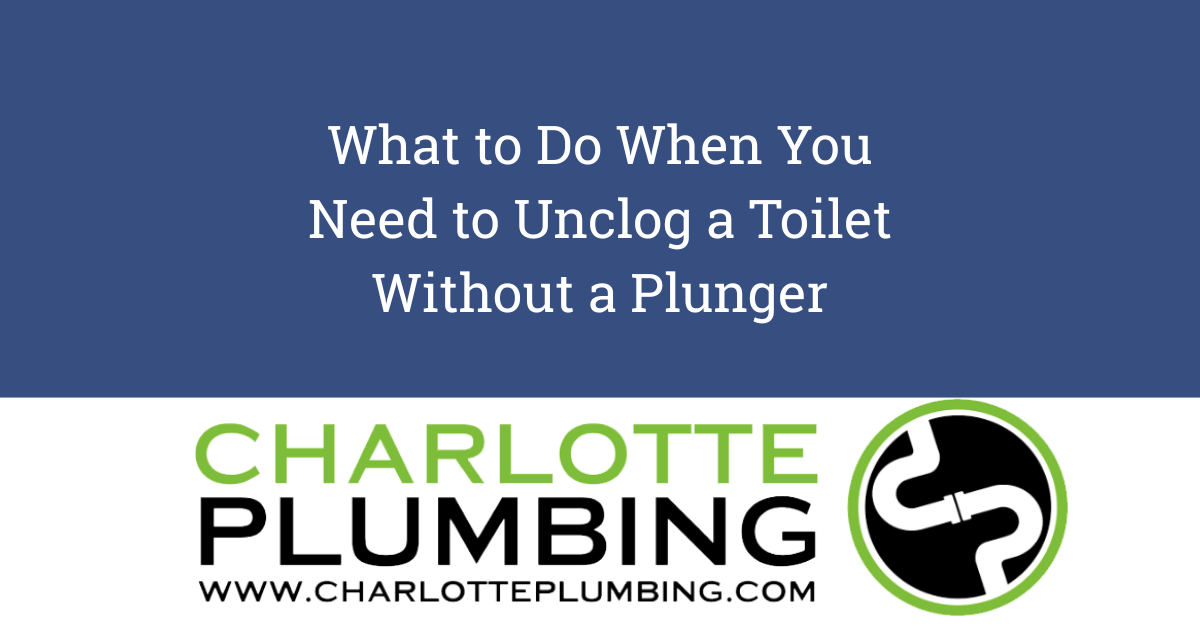How to Troubleshoot and Fix a Running Toilet
A running toilet is more than just an annoyance—it can waste hundreds of gallons of water per day, increasing your water bill and potentially causing damage over time. The good news? Most running toilet issues are simple to diagnose and fix on your own. Here’s a step-by-step guide to troubleshooting and repairing a running toilet.
Step 1: Identify the Problem
There are three common causes of a running toilet:
Step 2: Check and Fix the Flapper
Step 3: Adjust the Chain
If the flapper looks fine but isn’t sealing correctly, check the chain:
Step 4: Check and Replace the Fill Valve
If the problem persists, your fill valve may be the culprit. Here’s how to check and replace it:
When to Call a Plumber
If your toilet keeps running despite replacing the flapper, adjusting the chain, and checking the fill valve, there may be a more serious issue, such as a damaged flush valve seat or an underlying plumbing problem. Ignoring a running toilet can lead to higher water bills and potential damage over time. Our experienced team at Charlotte Plumbing can quickly diagnose the issue and provide a lasting fix. Don’t let a simple problem turn into a costly headache—contact us today to schedule a service appointment!

